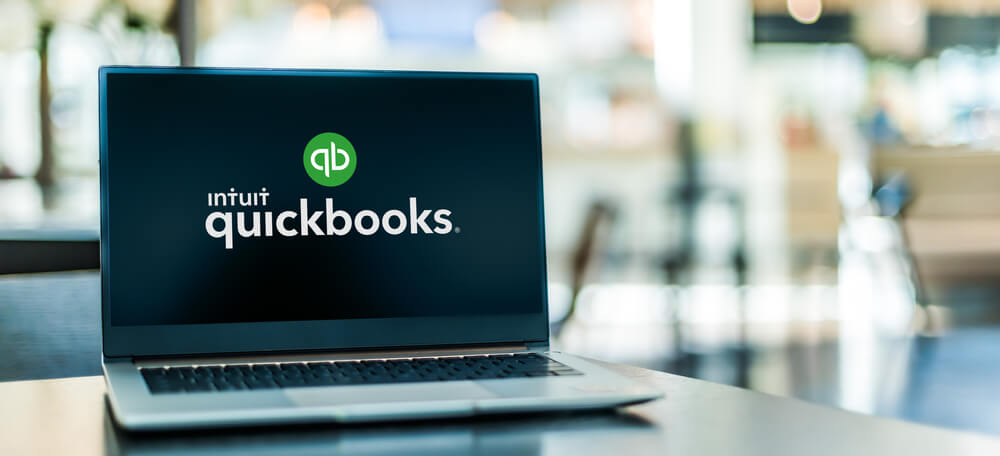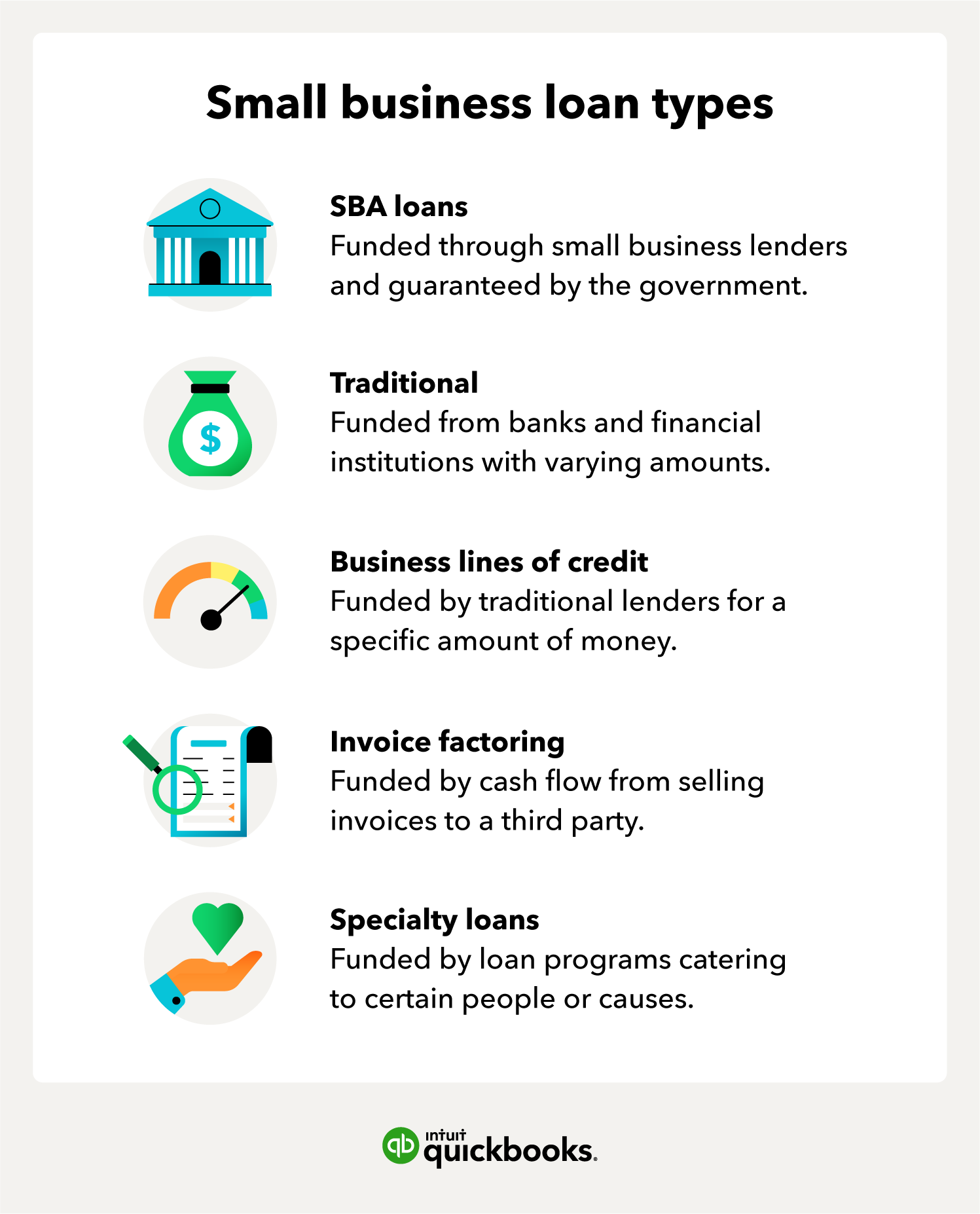Invoice Factoring in Quickbooks is the process of accurately recording factoring transactions by crediting the amount sold in accounts receivable, debiting the cash received, debiting the factoring fee, and debiting the amount retained by the factoring company. There are two types of invoice factoring, recourse and non-recourse, which have different fees, requirements, and responsibilities for nonpayment.
Invoice factoring allows businesses to receive immediate cash for outstanding invoices, but it may have disadvantages such as higher fees, loss of customer relationships, and potential negative impact on creditworthiness. It is important to carefully evaluate the pros and cons before deciding to utilize invoice factoring in Quickbooks.

Credit: altline.sobanco.com
What Is Invoice Factoring?
Invoice factoring is a financing solution that helps businesses unlock the value of their unpaid invoices. With QuickBooks, businesses can easily record and manage factored invoices, keeping their cash flow smooth and their operations running efficiently.
Definition Of Invoice Factoring
Invoice factoring, also known as accounts receivable factoring, is a financial service that allows businesses to convert their unpaid invoices into immediate cash flow. It is a popular alternative to traditional bank loans and provides businesses with the opportunity to access working capital quickly and efficiently. In invoice factoring, a business sells its accounts receivable, or outstanding invoices, to a third-party company called a factor. The factor then advances a percentage of the invoice amount to the business, typically around 80-90%. The remaining balance, minus a factoring fee, is paid to the business once the customer pays the invoice.
How Does Invoice Factoring Work?
The process of invoice factoring involves several steps that are designed to streamline the cash flow of a business. Here is a breakdown of how invoice factoring works:
- Application: The business applies for invoice factoring by submitting an application to a factoring company.
- Approval: The factoring company evaluates the creditworthiness of the business’s customers and approves the application based on their creditworthiness.
- Invoice Submission: Once approved, the business submits the invoices they want to factor to the factoring company.
- Verification: The factoring company verifies the authenticity and accuracy of the invoices and confirms that the goods or services have been delivered to the customers.
- Advance: The factoring company advances a percentage of the invoice amount, typically within 24-48 hours. The advance rate is based on factors such as the creditworthiness of the customers and the industry of the business.
- Collection: The factoring company takes over the responsibility of collecting the payment from the customers. They handle the collection process, including sending payment reminders and following up with the customers.
- Final Payment: Once the customers pay the invoices, the factoring company deducts their fees, including the factoring fee, and pays the remaining balance to the business.
Overall, invoice factoring provides businesses with a quick and convenient way to access the cash tied up in their unpaid invoices. It improves cash flow, allowing businesses to meet their financial obligations, pay their suppliers, and invest in growth opportunities. Furthermore, invoice factoring can be a valuable tool for businesses of all sizes and industries, especially those that face cash flow challenges due to long payment terms or seasonal fluctuations.

Credit: quickbooks.intuit.com
Advantages Of Invoice Factoring
Invoice factoring is a financing option that can provide numerous advantages for businesses. From improved cash flow to flexible financing options, invoice factoring can be a valuable tool for managing your business finances. Let’s explore the key advantages of invoice factoring:
Improved Cash Flow
One of the biggest advantages of invoice factoring is the improved cash flow it can provide for your business. Instead of waiting for your customers to pay their invoices, invoice factoring allows you to receive immediate payment for your outstanding invoices. This means you can access the funds you need to cover your expenses, invest in growth opportunities, and maintain a healthy cash flow.
Flexible Financing Option
Invoice factoring offers businesses a flexible financing option compared to traditional bank loans or lines of credit. With invoice factoring, your financing is directly tied to your outstanding invoices. This means that the amount of funding you can access grows with your sales, giving you the freedom to take on new customers and expand your business without worrying about securing additional financing.
Moreover, invoice factoring does not require a lengthy application process or collateral, making it an accessible financing option for businesses of all sizes. This flexibility allows businesses to tailor their financing to their specific needs and access the funds they need, when they need them.
Types Of Invoice Factoring
Invoice factoring is a popular financing option for businesses that need immediate cash flow. This form of financing allows businesses to sell their unpaid invoices to a factoring company in exchange for a lump sum payment. There are two main types of invoice factoring: recourse factoring and non-recourse factoring.
Recourse Factoring
Recourse factoring is the most common type of invoice factoring. In this arrangement, the business retains the liability for the payment of the invoice if the customer fails to pay the factoring company. This means that if the customer defaults on the payment, the business will be responsible for repaying the factoring company for the amount advanced.
Despite the risk involved, many businesses prefer recourse factoring because it tends to have lower fees compared to non-recourse factoring. Additionally, recourse factoring offers more flexibility in terms of which invoices can be factored and allows businesses to maintain control over their customer relationships.
Non-recourse Factoring
Non-recourse factoring is a type of invoice factoring where the factoring company assumes the risk of non-payment by the customer. In this arrangement, the business is not responsible for repaying the factoring company if the customer fails to pay the invoice. This means that the factoring company absorbs the loss if the customer does not pay.
Non-recourse factoring provides businesses with added protection and peace of mind, as they do not have to worry about the financial implications of unpaid invoices. However, this type of factoring often comes with higher fees due to the increased risk taken on by the factoring company.
It’s important for businesses to carefully consider their options and assess their risk tolerance before choosing between recourse and non-recourse factoring. Each type of factoring has its own advantages and drawbacks, and selecting the right option can help businesses effectively manage their cash flow and minimize the risk of unpaid invoices.
Disadvantages Of Invoice Factoring
Invoice factoring can provide numerous benefits for businesses, including improved cash flow and the ability to access working capital quickly. However, like any financial solution, invoice factoring also comes with its own set of disadvantages. It’s essential to weigh the drawbacks against the benefits to make an informed decision about whether invoice factoring is the right choice for your business.
Restrictions On Funding
One of the primary disadvantages of invoice factoring is the potential for restrictions on funding. Factoring companies may impose limits on the total amount of invoices they are willing to purchase or the types of invoices they are willing to factor. These limitations can restrict a business’s ability to access the full value of its accounts receivable, which can be especially challenging during periods of high sales volume or rapid growth.
Obligation To Repay Advances
Another disadvantage of invoice factoring is the obligation to repay advances. When a business factors its invoices, it receives a portion of the invoice value upfront from the factoring company. However, this advance is not free money – it is essentially a loan that must be repaid. The repayments can affect the business’s cash flow and financial stability, particularly if the advance amounts are large or if the business experiences any unexpected challenges in the future.
Recording Invoice Factoring In Quickbooks
When using QuickBooks, it’s essential to accurately record invoice factoring transactions to maintain precise financial records and compliance. Understanding the process of recording invoice factoring in QuickBooks ensures that your company’s financial information is well-organized and easy to track.
Credit And Debit Entries
Recording invoice factoring in QuickBooks involves making credit and debit entries to reflect the financial impact of the transaction. When you factor an invoice, you receive immediate funds, creating a cash inflow. This inflow should be recorded as a debit to the bank account or cash account and a credit to accounts receivable, reflecting the reduction in outstanding receivables.
Managing Factoring Fees
Aside from the actual invoice amount, factoring involves fees that should be accounted for in QuickBooks. These fees, such as discount or service charges, need to be recorded as expenses. For instance, if the factoring company charges a 2% fee, this should be entered as a debit to a factoring fees expense account and a credit to the cash or bank account representing the fee payment.

Credit: www.chaserhq.com
Frequently Asked Questions For Invoice Factoring Quickbooks
Does Quickbooks Offer Invoice Factoring?
No, QuickBooks does not offer invoice factoring.
How Do You Record An Invoice In Factoring?
To record an invoice in factoring, follow these steps: – Credit the accounts receivable for the amount sold. – Debit the cash account for the cash received. – Debit the loss account for the factoring fee paid. – Debit the due account for the amount retained by the factoring company.
What Are The 2 Types Of Invoice Factoring?
The two types of invoice factoring are recourse factoring and non-recourse factoring. Recourse factoring involves both the business and the factoring company being responsible for nonpayment, while non-recourse factoring shifts the responsibility solely to the factoring company. These types differ in fees and qualification requirements.
What Are The Disadvantages Of Invoice Factoring?
Disadvantages of invoice factoring include potential high costs and loss of control over customer relationships. Factors may also restrict funding based on creditworthiness and require long-term commitments.
Conclusion
Invoice factoring with Quickbooks offers a simple and efficient solution for managing cash flow and improving financial stability for businesses. By recording factoring transactions accurately and understanding the different types of factoring, businesses can effectively leverage this financing option to overcome challenges and grow their operations.
With Quickbooks, the process becomes even more streamlined and accessible, allowing businesses to focus on their core activities while ensuring timely payments and maintaining healthy financial records. Explore the benefits of invoice factoring with Quickbooks and enhance your business’s financial management today.